Service hotline
+86 0755-83044319
release time:2025-04-28Author source:SlkorBrowse:18210
IBM claims that chips based on this new design will deliver 40% higher performance compared to current 10nm chips produced by companies like AMD, ARM, and Intel.
In collaboration with Samsung and Global Foundries—which manufacture chips for Qualcomm, AMD, and others—IBM has unveiled a new Extreme Ultraviolet (EUV) lithography process for producing 5nm chips. This advancement will enable companies to integrate over 30 billion transistors on a single computer chip.
Just two years ago, IBM announced a 7nm chip manufacturing process, with Samsung expected to begin shipments as early as next year.
The new 5nm chips utilize "Gate-All-Around" (GAAFET) transistors, where gate material wraps around three horizontal silicon nanosheets. This contrasts with the more common FinFET design, which relies on vertical fins.
IBM also states that it explored scaling FinFET designs to 5nm but encountered performance limitations due to restricted current flow in ultra-thin fins. The GAA architecture is simpler in some respects and is believed to be scalable down to 3nm.
According to IBM, the new design offers a 40% performance boost over existing 10nm chips from AMD, ARM, and Intel without increasing power consumption. Alternatively, if performance levels remain unchanged, the chips could reduce power usage by 75%.
IBM’s new process also allows continuous adjustment of nanosheet widths during manufacturing, enabling fine-tuning of circuit power and performance within a single chip design.
In the advanced semiconductor arena, leading manufacturers like [敏感词], Samsung, and Intel continue to ramp up R&D investments.
Recently, [敏感词] announced its 14A 1.4nm-class process at the North America Technology Symposium 2025, targeting mass production by the first half of 2028. The naming and technology directly rival Intel’s 14A, which also claims a 1.4nm-class process.
Samsung Electronics has shared updates on its 2nm GAA process (SF2), with development progressing smoothly. Notably, the company has initiated a 1nm process R&D team, aiming for mass production by 2029.
Intel plans to begin large-scale production of its Intel 18A process at its new Arizona fab later this year. The first products will be Panther Lake client processors for mobile platforms, already in engineering sample form. These processors, branded as Core Ultra 300 series, will feature Cougar Cove performance cores, Xe3 GPU architecture, and next-gen NPU units.
Meanwhile, Moore’s Law is gradually approaching its limits. As chip processes shrink toward physical boundaries, challenges like quantum tunneling and thermal management hinder further performance gains through transistor scaling. Beyond cutting-edge manufacturing breakthroughs, emerging technologies are reshaping the future of computing.
Photonics chips, for instance, leverage silicon-based photonic integration to process data via light signals, offering advantages like ultra-low power consumption and high speed. Already widely used in fiber-optic communication systems, they excel in bandwidth, latency, and electromagnetic interference resistance. IBM is investing heavily in optical technology, having recently demonstrated a polymer waveguide (PWG) for co-packaged optics (CPO), aimed at revolutionizing high-bandwidth data transfer in data centers.
Quantum chips, core components of quantum computers, exploit quantum superposition and entanglement to achieve unprecedented computational speeds. However, they require extreme conditions, such as near-absolute-zero temperatures, to maintain qubit stability.
Other innovations include carbon nanotube chips, which promise superior electrical and thermal performance over silicon, and neuromorphic chips that mimic human brain neurons for efficient AI and machine learning tasks. Though Moore’s Law may be fading, these technologies are poised to redefine the future of information technology. (1).png)
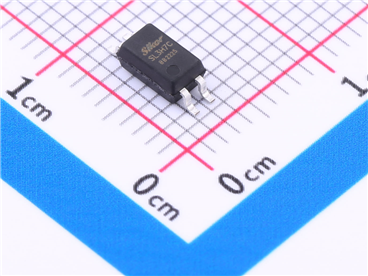
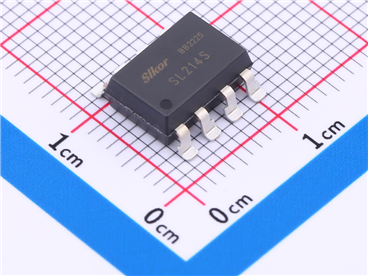
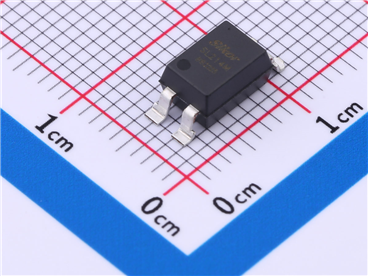
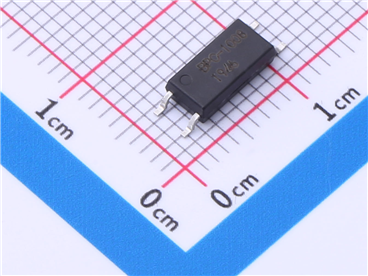
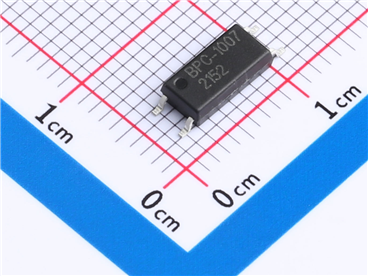


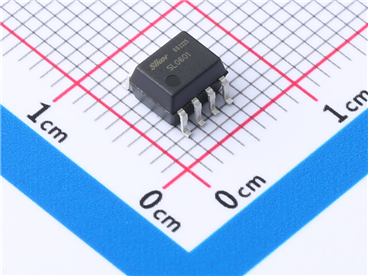

Site Map | 萨科微 | 金航标 | Slkor | Kinghelm
RU | FR | DE | IT | ES | PT | JA | KO | AR | TR | TH | MS | VI | MG | FA | ZH-TW | HR | BG | SD| GD | SN | SM | PS | LB | KY | KU | HAW | CO | AM | UZ | TG | SU | ST | ML | KK | NY | ZU | YO | TE | TA | SO| PA| NE | MN | MI | LA | LO | KM | KN
| JW | IG | HMN | HA | EO | CEB | BS | BN | UR | HT | KA | EU | AZ | HY | YI |MK | IS | BE | CY | GA | SW | SV | AF | FA | TR | TH | MT | HU | GL | ET | NL | DA | CS | FI | EL | HI | NO | PL | RO | CA | TL | IW | LV | ID | LT | SR | SQ | SL | UK
Copyright ©2015-2025 Shenzhen Slkor Micro Semicon Co., Ltd